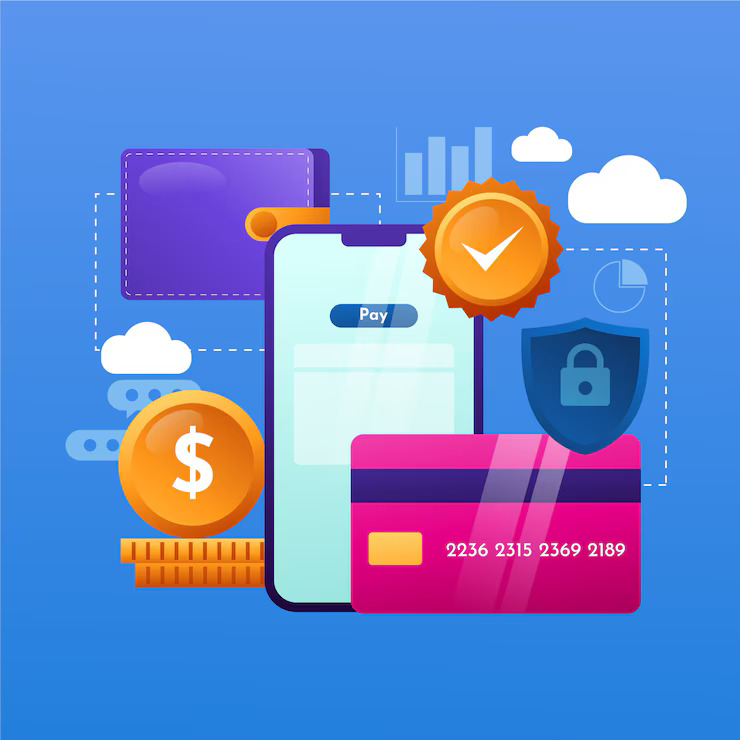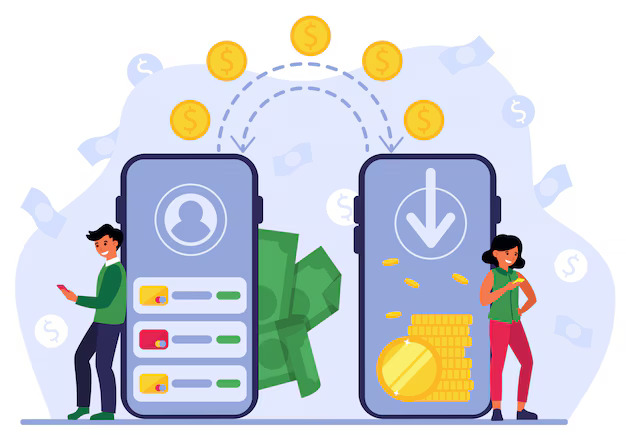Creating a Payment Gateway: A Step-by-Step Guide

Strong 8k brings an ultra-HD IPTV experience to your living room and your pocket.
In the digital age, establishing a reliable payment gateway is crucial for any business looking to thrive online. A payment gateway facilitates secure transactions between customers and merchants, enabling businesses to accept various payment methods seamlessly. This article outlines the key steps and considerations involved in how to create a payment gateway, helping you understand the process and ensuring a successful implementation.
What is a Payment Gateway?
A payment gateway is a technology that captures and transfers payment information from customers to the merchant’s bank. It acts as a bridge between an online store and the payment processor, ensuring that sensitive data is securely transmitted and authorized. Payment gateways encrypt customer data to protect it from fraud and ensure compliance with security standards.
Why You Need a Payment Gateway
Security: Payment gateways offer encryption and secure data transmission, crucial for protecting customer information and building trust.
Convenience: They provide a seamless checkout experience, reducing cart abandonment rates and increasing conversion rates.
Integration: A well-designed payment gateway can integrate with various e-commerce platforms, accounting systems, and customer relationship management tools.
Multiple Payment Options: With a payment gateway, you can accept a variety of payment methods, catering to a broader audience and enhancing customer satisfaction.
Steps to Create a Payment Gateway
1. Define Your Business Requirements
Before diving into the technical aspects, outline your specific needs. Consider:
Payment Methods: What types of payments will you accept? (e.g., credit cards, digital wallets, bank transfers)
Target Audience: Are you focusing on local, national, or international markets?
Regulatory Compliance: Familiarize yourself with the legal requirements for payment processing in your region, such as PCI DSS compliance.
2. Choose the Right Technology Stack
Selecting an appropriate technology stack is crucial for building a robust payment gateway. Key considerations include:
Programming Languages: Common options are Java, Python, or PHP.
Frameworks: Use frameworks like Django or Ruby on Rails for faster development.
Databases: Choose a secure database management system, such as MySQL or PostgreSQL, for transaction data storage.
3. Design the User Interface
A user-friendly interface is essential for a smooth payment experience. Focus on:
Simplicity: The checkout process should be straightforward, minimizing the number of steps required to complete a transaction.
Mobile Optimization: Ensure that your payment gateway is responsive and mobile-friendly, accommodating the growing number of mobile shoppers.
4. Implement Security Measures
Security is paramount when you create a payment gateway. Implement the following measures:
SSL Certificates: Use SSL (Secure Socket Layer) encryption to secure data transmitted between customers and your gateway.
Tokenization: Replace sensitive payment information with a unique identifier, minimizing the risk of data breaches.
Fraud Detection: Integrate fraud detection tools to monitor transactions for suspicious activities and protect against fraudulent transactions.
5. Integrate with Payment Processors
To facilitate transactions, your payment gateway must connect with payment processors. Research and select a reliable processor that aligns with your business needs and offers competitive fees. Popular options include PayPal, Stripe, and Square.
6. Testing and Quality Assurance
Thorough testing is essential to ensure your payment gateway functions correctly. Conduct various tests, including:
Functionality Testing: Verify that all payment methods work as intended.
Security Testing: Perform vulnerability assessments and penetration testing to identify weaknesses.
User Acceptance Testing (UAT): Gather feedback from potential users to refine the user experience.
7. Launch and Monitor
Once testing is complete, you’re ready to launch your payment gateway. However, the process doesn’t end there. Continuous monitoring is crucial to identify and address any issues promptly. Use analytics tools to track transaction performance and gather insights on user behavior, enabling ongoing improvements.
Conclusion
Creating a payment gateway is a vital step for any online business. By following these steps and focusing on security, user experience, and integration, you can establish a robust payment processing system that enhances your customers' shopping experience and drives sales. As e-commerce continues to grow, investing in a reliable payment gateway will position your business for long-term success in the digital marketplace. Embrace the opportunity to create a payment gateway that meets your specific business needs and sets you apart in the competitive online landscape.
Note: IndiBlogHub features both user-submitted and editorial content. We do not verify third-party contributions. Read our Disclaimer and Privacy Policyfor details.







